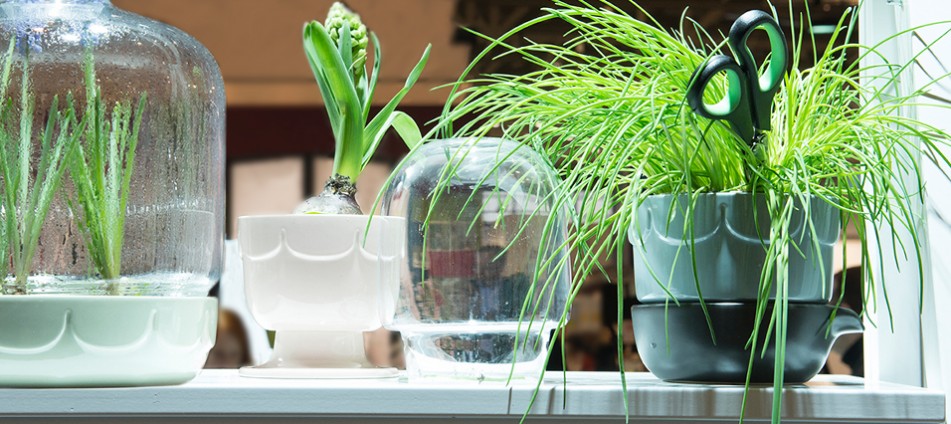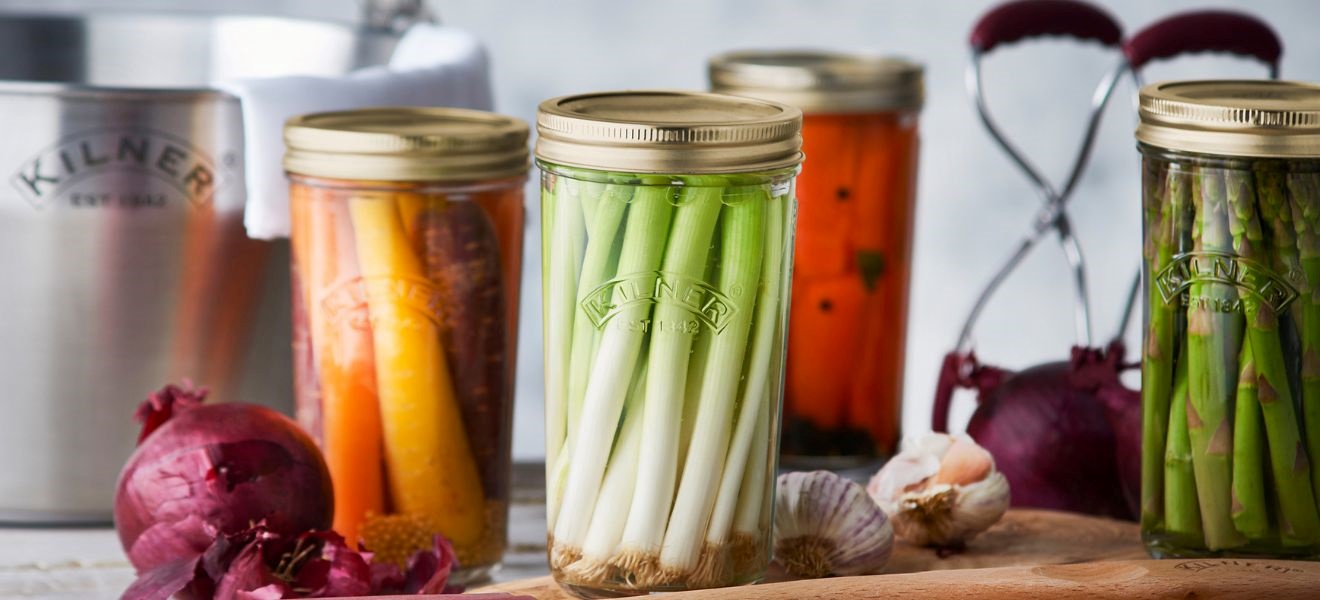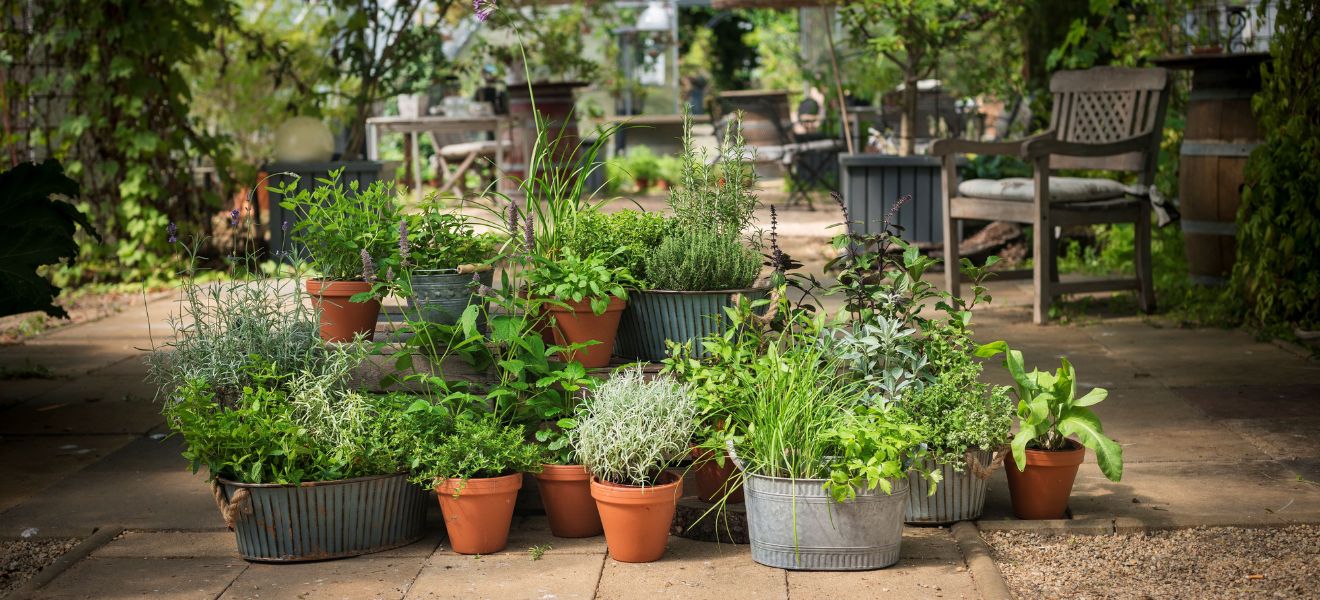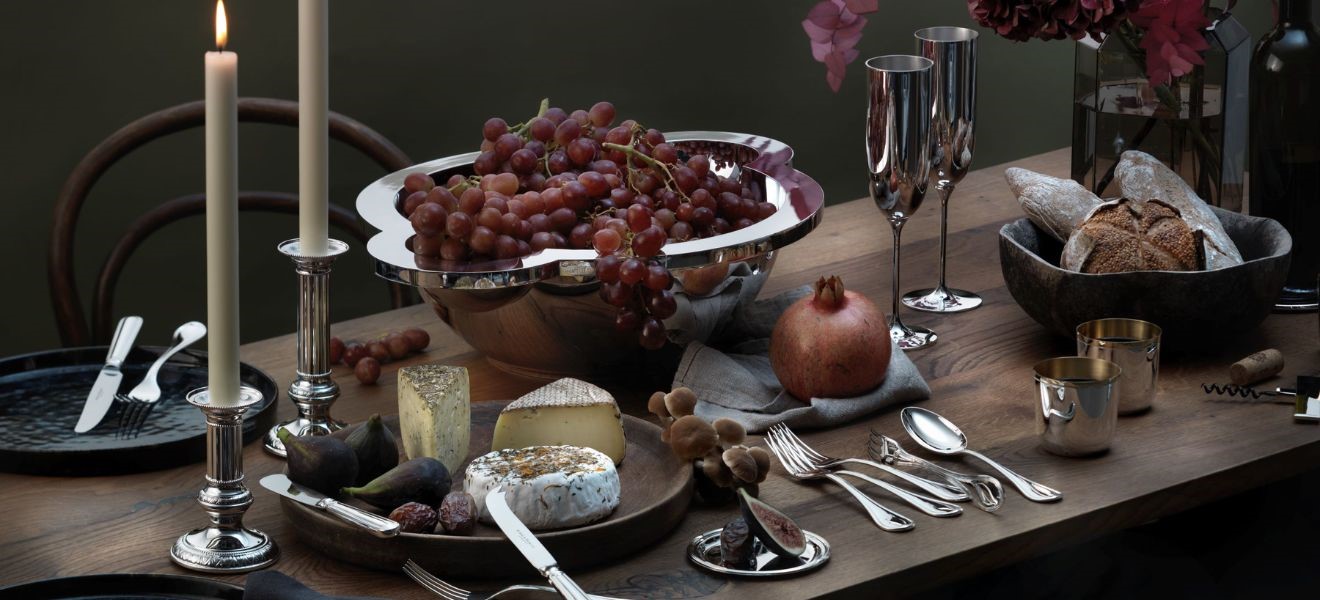No dried herb mix, however sophisticated, can match the taste of the fresh variety. Why not grow your own? After all, with a few gardening tips and a windowsill, you can have your own aromatic herb garden. Of course extra equipment is also available to help cultivate, care for and prepare your plants. At Ambiente, we looked at the main gadgets and gathered a few tips for freshly seasoned, aromatic cooking.
A feast for the senses
Just a few twists while cooking, and hey presto! An already delicious dish becomes a true taste sensation. The tart sweetness of dill in a creamy cucumber salad, the mild piquancy of chives in potato soup – upgrade your dishes for a guaranteed hit of flavour. Fresh herbs are also a visual delight, and not just when they’re on your plate. Growing herbs in the kitchen gives your interior design a splash of green; it’s practical as they’re always ready when you need them. Herbs are also very ‘now’, as we established at Ambiente. We found a wealth of planters and pots for all different uses and tastes. Stoneware dual pots, glass pots with a water reservoir for thirsty plants, and planters with a protective glass surround – like a miniature greenhouse – for the most delicate specimens.
Ready, steady, cook!
There’s really no reason why you shouldn’t start your own herb garden, whether indoors or outdoors. Top chef Peter Scharff would certainly agree. He’s often known as the ‘king of the herbs’, and has developed his own inimitable style using fresh herbs: ‘cuisina herba barone’. The chef explains that you can grow pretty much any herb in your kitchen here in central Europe, as long as it gets enough light and the right amount of moisture. “It’s just that the plant’s growth phase will be shorter than in its country of origin”. So when it comes to herbs, trying and testing is more important than studying. Perhaps even trying unusual varieties, or long-forgotten herbs now undergoing a revival. “These include Mexican hyssop, fresh coriander, wild garlic and sweet woodruff.”

Chop, chop!
Of course it’s not just about the right plant pots. You also need the right tools to harvest and prepare the herbs. How about special secateurs that don’t squash stems or leaves, and thus preserve the plants’ freshness. These are particularly sharp and sit well in your hand. For example, herb scissors with five blades can cut perfectly, as we saw at Ambiente: Not only does such cutting preserve the flavour, but the scissors are also easy to clean thanks to the special comb that comes with them.
The kitchen must-have
To process herbs properly, there are a couple of kitchen basics every good kitchen should have. Such as a decent ‘mezzaluna’ rocker chopper which can cut the tender leaves finely without squashing them. It’s the season for Frankfurt’s speciality ‘green sauce’ right now, and this semicircular tool is essential for making it. If you use a processor to chop the herbs, they not only lose some of their ‘bite’, but also some of their taste. One great chopper featured at Ambiente sits perfectly in the hand, with a sharp dual blade to ensure that chopping does not produce a sticky mush. Our top tip: a wooden chopping board which catches the fresh greenery in a central hollow.
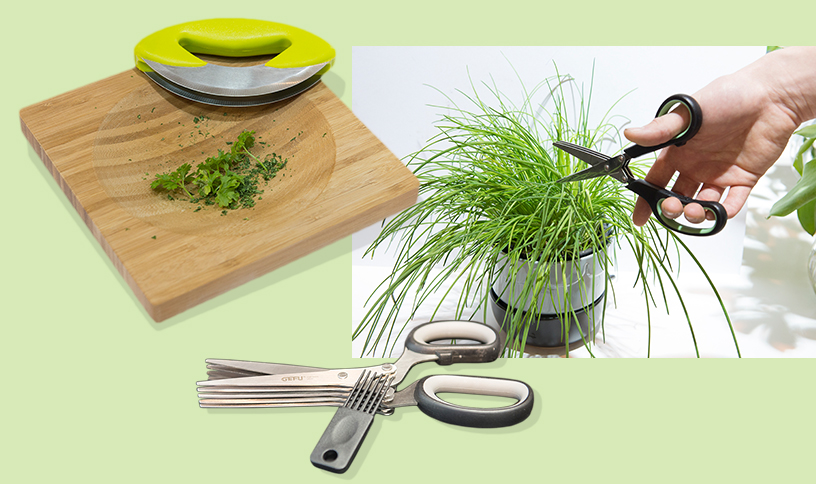
Fresh food 365 days a year
How to preserve herbs beyond their shorter growing season? Freezing often means forfeiting some of the flavour, so Peter Scharff shares an alternative: “You can mix the herbs and preserve them in oil. Perhaps wild garlic oil. The plants’ aromatic oils bind for longer to oil than to water, so they don’t disperse as easily.” Incidentally, this sort of herb mix also makes a great gift! You could bring it as a gift for your host next time you’re invited for a meal. And for a present that’s brimming with added aromatic value, why not combine herbs with a pretty planter or handy gadget like the ones we found at Ambiente?
Aroma from Italia
To round off the experience, here’s a recipe to give you the true flavour of fresh herbs. It also provides a taste of Italy, Ambiente partner country 2016. Pesto alla genovese: Buon appetito!
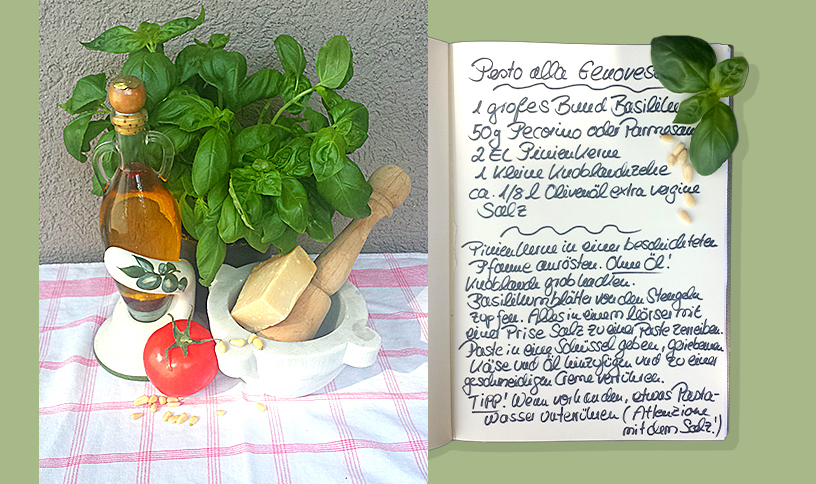
Ingredients:
1 large bunch basil
50g Pecorino or Parmesan
2tbsp. pine kernels
1 small clove garlic
1/8l extra virgin olive oil
Salt
Method:
Dry-fry the pine kernels in a non-stick pan. Roughly chop the garlic. Pluck the basil leaves from their stems. Grind your ingredients to a paste with a pestle and mortar, adding a pinch of salt. Decant into a bowl, add the grated cheese and oil, and mix to a smooth paste. Tip: If you’re preparing this pesto to accompany pasta, stir in a couple of teaspoons of the (unsalted) water. Italian chefs swear by this, as it makes the pesto even creamier.
